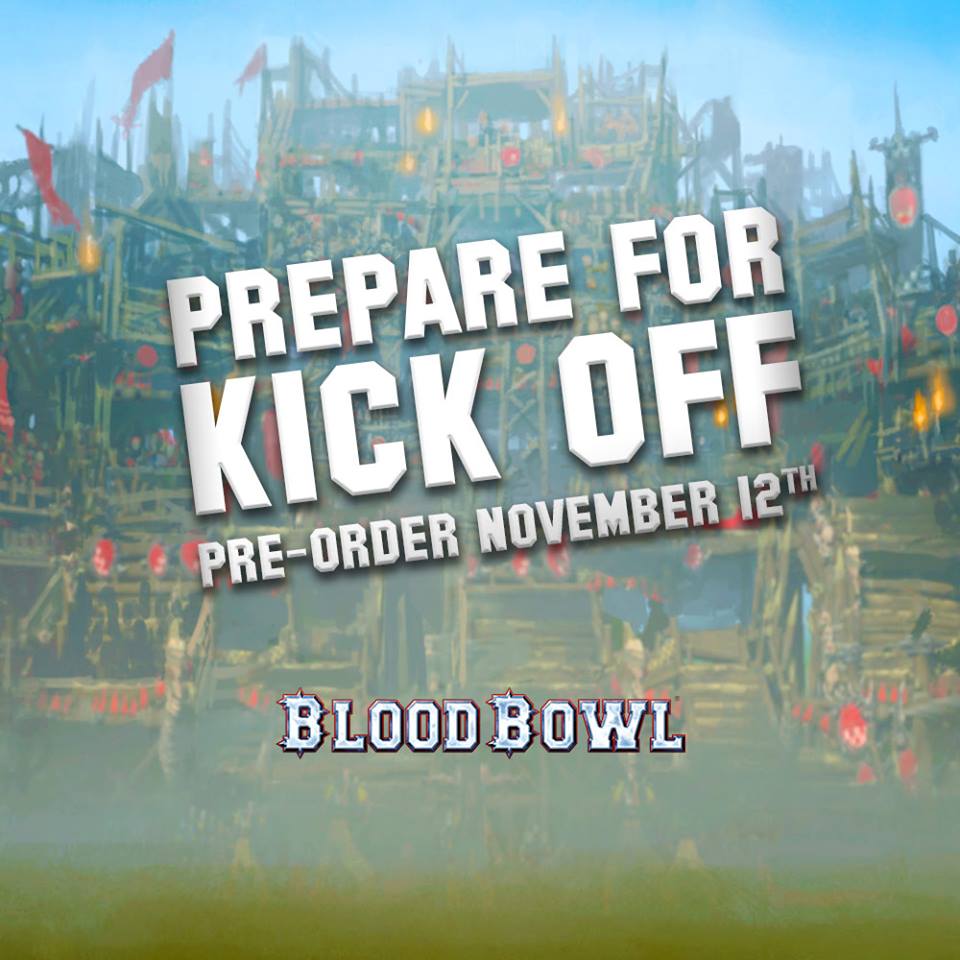

Typical 'roll a handful of d6s' scoring to hit, then rolling saving throws in an attempt to cancel them out. Maybe I remember it wrong - but even BFG ships weren't this clumsy? It's pretty ponderous, and even small stuff isn't that agile. It's the typical 'travel half your move then turn' to give the feel of momentum but turns are 45d and many special orders you can't turn at all. Sounds cool, and I've been using a similar-ish idea in my own rules, but I suspect people will sneak for the first turn or two, then everyone goes nuts shooting and zooming and thus render it all moot.

Finally a way to give small ships a chance? So a small sneaky ship might only be able to be engaged by enemies 6" away while a battleship can be fired on by everyone within 24"+. The bigger you are, and the more stuff you do - the farther away people can shoot you from. In addition, firing lots of weapons or boosting thrusters makes the ship light up like a Christmas tree (+6" Minor Spike, +12" Major Spike) - and ships can reduce this by Running Silent. So Ship A will detect Ship B at 8+6 = 14" away. Basically, Ship A has a Scan (autodetect) range of say 8" and a Ship B has a 6" Signature radius (say 6" but will vary on ship size).
#DROPZONE COMMANDER RULES.PDF FREE#
The orders are pretty similar in effect - weapons free (fire all weapons) station keeping (move slowly/pivot) course change (extra turn), max thrust (double speed) as well as silent running and active scans - something that ties in with the new detection rules. If it's BFG roots weren't already obvious from the stats and layout (Andy Chalmers is a designer) this cinched it. Ships tend to move in coherency aka grouped together. It's an interesting idea and allows for a little 'management' minigame of sequencing your 'hand' of battlegroups to best effect. Basically you arrange your "hand" of battlegroup cards however you want, and then you and your opponent reveal and compare the top card of your decks, the player with the lowest rating (most nimble) battlegroup choosing whose battlegroup acts first. a battlegroup with a cruiser (5) and 2 escorts (2) = 7 would be more agile than one with a single heavy cruiser (10).

The total tonnage on the card determines activation order - i.e. You put your ships together in battlegroups, writing them down on a battlegroup card. (*My son loves Star Wars, and although I like the idea of X-Wing - and enjoyed its ancestor, Wings of War - I can't justify paying $30 for a single plastic spaceship, knowing I'm really mostly paying for the cards, not the mini which you can get 5 for $20 in a Micromachines box.). The craze for tokens, templates and stuff is pretty restrained compared to X-Wing or Armada*. The ships come on special bases but you could get by without them. Most weapons do a single hit damage, but there are quite a few variations and simple but flavorful special rules.Īnnoyingly, DFC uses special decks - a command card deck and special bases, as well as a battlegroup deck (although for the latter I am making my own with normal playing cards). Weapons have a lock (to hit) roll, and usually are usually grouped in batteries. Also size/tonnage (L, M, H etc) matters to initiative and tactics, and group size (i.e. Ships have Hull (hitpoints), Armour (saving roll), Signature, Scan (both to do with detection range), Thrust (speed), PD (AA against missiles and fighters), and special rules like launch and atmospheric. Ship stats are very similar in layout to BFG. The rules are ~50 pages and the basic mechanics are pretty straightforward. Dropfleet Commander shares a lot of similarities with its ancestor.


 0 kommentar(er)
0 kommentar(er)
